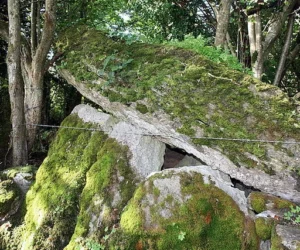Meehambee Dolmen is an ancient megalithic structure located near the village of Fourmilehouse in County Roscommon, Ireland. It is one of many portal tombs scattered across the Irish landscape, dating to the Neolithic period, around 3500 BC. These tombs offer valuable insights into prehistoric communities and their burial practices.Structure and FeaturesThe dolmen consists of two…
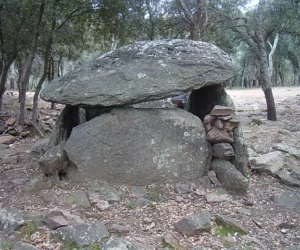
Siureda Dolmen
The Siureda Dolmen is a prehistoric monument located in Catalonia, Spain. This megalithic structure is significant for understanding the burial practices and social organization of early human communities in the region.Location and DiscoveryThe Siureda Dolmen is situated near Rabós, in the Alt Empordà region of Catalonia. It lies within a natural landscape, surrounded by other…
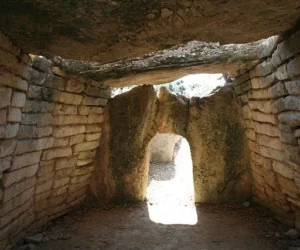
Gallardet Dolmen
The Gallardet Dolmen is an important megalithic structure located near the town of Saint-Félix-de-l’Héras in southern France. This prehistoric site provides insight into burial practices and social structures during the Neolithic period. Archaeologists recognize it as a key site in understanding ancient European megalithic culture.Description and StructureThe Gallardet Dolmen is a single-chamber tomb constructed using…
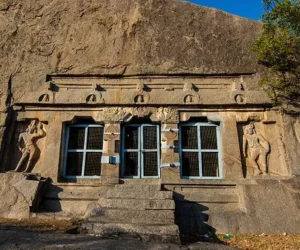
Rock Cut Pallava Temple at Dhalavanur
The Rock Cut Pallava Temple at Dhalavanur is an early example of rock-cut architecture in South India. Built during the Pallava dynasty, it reflects the architectural transition from cave temples to structural temples. Scholars date this temple to the late 7th century AD, during the reign of Mahendravarman I (600–630 AD). Mahendravarman I is known…
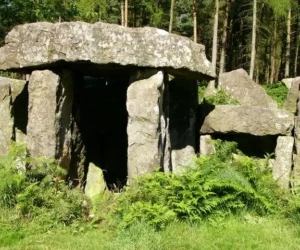
Druid’s Temple
Druid’s Temple is a 19th-century folly located in the Yorkshire Dales, England. Though resembling ancient structures, it is not a prehistoric monument. Its origins and design offer insight into the cultural and social interests of the Romantic period in Britain.Construction and PurposeThe temple was constructed in 1820 by William Danby, a wealthy landowner of Swinton…
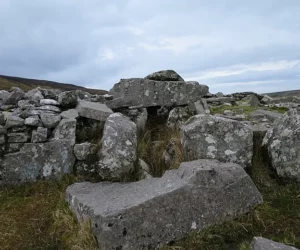
Cloghanmore Megalithic Tomb
The Cloghanmore Megalithic Tomb is a prehistoric burial site located in County Louth, Ireland. This monument dates back to the Neolithic period, around 3000 BC. It is a passage tomb, a type of megalithic structure common in Ireland, Scotland, and parts of Europe during the Neolithic era.Structure and DesignThe Cloghanmore tomb is composed of large…

